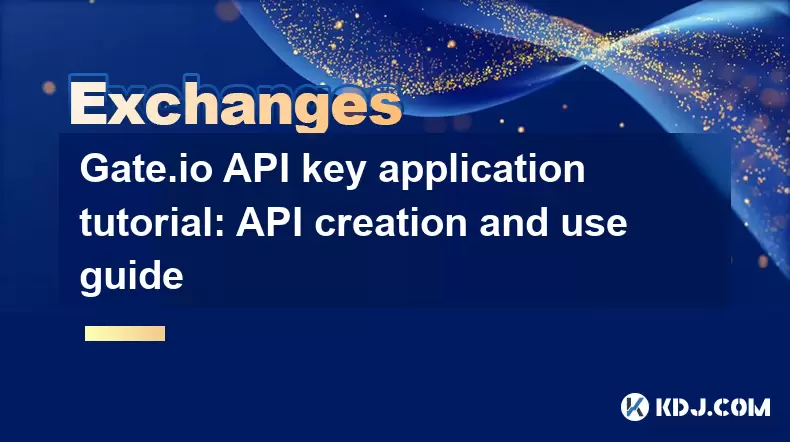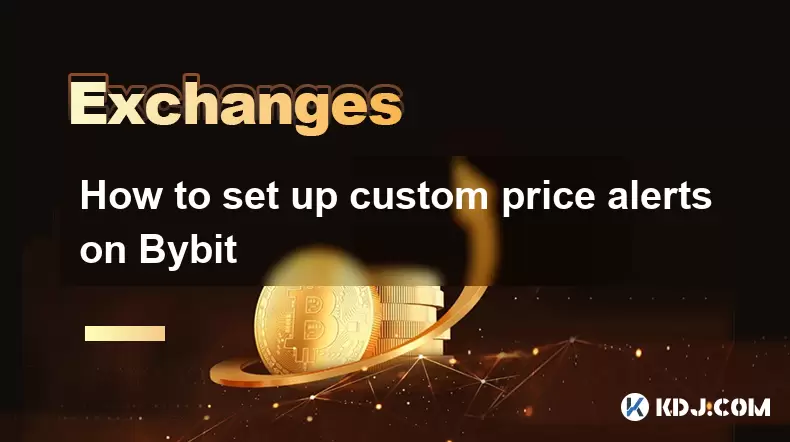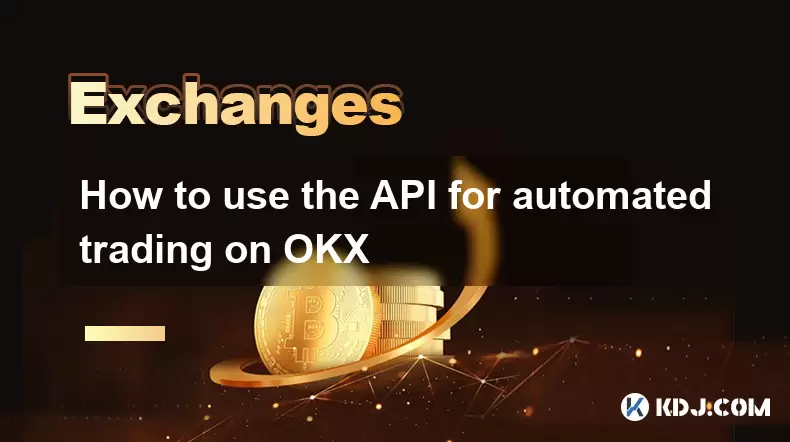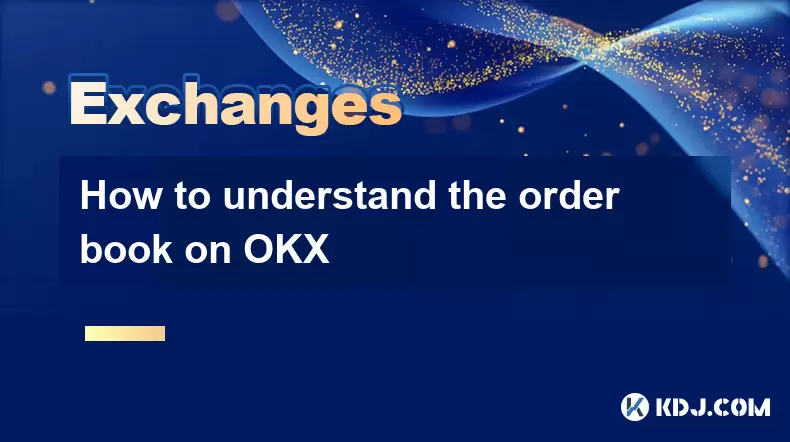-
 Bitcoin
Bitcoin $115000
0.88% -
 Ethereum
Ethereum $3727
2.86% -
 XRP
XRP $3.001
2.15% -
 Tether USDt
Tether USDt $1.000
0.03% -
 BNB
BNB $765.7
0.59% -
 Solana
Solana $169.5
3.52% -
 USDC
USDC $0.9999
0.00% -
 TRON
TRON $0.3391
1.24% -
 Dogecoin
Dogecoin $0.2059
2.68% -
 Cardano
Cardano $0.7418
2.24% -
 Hyperliquid
Hyperliquid $37.92
1.29% -
 Stellar
Stellar $0.4017
2.54% -
 Sui
Sui $3.508
2.67% -
 Chainlink
Chainlink $16.87
2.81% -
 Bitcoin Cash
Bitcoin Cash $569.4
2.08% -
 Hedera
Hedera $0.2472
0.22% -
 Ethena USDe
Ethena USDe $1.001
0.01% -
 Avalanche
Avalanche $22.29
1.22% -
 Litecoin
Litecoin $118.0
0.74% -
 UNUS SED LEO
UNUS SED LEO $8.924
-0.75% -
 Toncoin
Toncoin $3.236
1.65% -
 Shiba Inu
Shiba Inu $0.00001238
1.79% -
 Uniswap
Uniswap $9.827
3.02% -
 Polkadot
Polkadot $3.684
1.92% -
 Dai
Dai $1.000
0.01% -
 Monero
Monero $283.0
-2.73% -
 Bitget Token
Bitget Token $4.362
0.47% -
 Cronos
Cronos $0.1458
4.97% -
 Pepe
Pepe $0.00001054
2.58% -
 Ethena
Ethena $0.6238
9.53%
Gate.io API key application tutorial: API creation and use guide
To use Gate.io's API, apply for a key via the Account section, set permissions, and secure it with 2FA and IP restrictions for automated trading and portfolio management.
Jun 06, 2025 at 04:01 am

Introduction to Gate.io API Key
Gate.io is a prominent cryptocurrency exchange that offers a robust API for users who wish to automate their trading and manage their accounts programmatically. The API key is essential for accessing the exchange's API services. This tutorial will guide you through the process of applying for an API key on Gate.io, creating the key, and using it effectively.
Applying for a Gate.io API Key
To begin using the Gate.io API, you first need to apply for an API key. Here's how you can do it:
Log into your Gate.io account: Ensure that you are logged into your Gate.io account. If you don't have an account, you'll need to create one first.
Navigate to the API Management page: Once logged in, go to the Account section, and then click on API Management. This section is where you'll manage all your API keys.
Create a New API Key: Click on the Create API Key button. You will be prompted to enter a label for your key, which helps you identify the purpose of the key.
Set Permissions: You'll need to set the permissions for your API key. Gate.io allows you to choose from several permissions, such as reading account information, trading, and withdrawing funds. Be cautious and only grant the permissions you need.
Verify Your Identity: For security reasons, you may need to verify your identity before you can create an API key. This might involve entering a two-factor authentication (2FA) code or other verification methods.
Confirm and Create: After setting your permissions and verifying your identity, confirm your settings and click on Create. Your API key and secret will be generated.
Securing Your Gate.io API Key
Security is paramount when dealing with API keys. Here are some steps to ensure your API key remains secure:
Store Your API Key Safely: Never share your API key or secret with anyone. Store them in a secure place, preferably in an encrypted file or a secure password manager.
Use API Key Restrictions: Gate.io allows you to set IP restrictions for your API key. This means you can limit the IP addresses that can use your key, adding an extra layer of security.
Regularly Review and Revoke: Periodically review your API keys and revoke any that are no longer in use. This reduces the risk of unauthorized access.
Enable Two-Factor Authentication: Always enable 2FA on your Gate.io account. This adds an additional layer of security to your account and API keys.
Using Your Gate.io API Key
Once you have your API key, you can start using it to interact with the Gate.io API. Here's how you can use it:
Integrate with Your Application: You'll need to include your API key and secret in your application. This is typically done through HTTP headers or query parameters, depending on the API endpoint you're using.
Making API Requests: Use the API key to make requests to Gate.io's API endpoints. For example, you might use the API to fetch your account balance, place orders, or withdraw funds.
Handling Responses: The API will return responses in JSON format. You'll need to parse these responses to extract the information you need.
Error Handling: Be prepared to handle errors. The API will return error codes and messages if something goes wrong, such as invalid parameters or insufficient funds.
Common Use Cases for Gate.io API
The Gate.io API can be used for a variety of purposes. Here are some common use cases:
Automated Trading: Many users use the API to automate their trading strategies. By writing scripts that interact with the API, you can place orders, monitor the market, and execute trades automatically.
Portfolio Management: You can use the API to manage your cryptocurrency portfolio. This includes checking your balances, tracking your profits and losses, and rebalancing your portfolio as needed.
Data Analysis: The API provides access to market data, such as order books and trade histories. You can use this data to perform technical analysis or build trading algorithms.
Withdrawal and Deposit Management: The API allows you to programmatically manage your withdrawals and deposits. This can be useful for moving funds between exchanges or wallets.
Troubleshooting Common Issues
When using the Gate.io API, you might encounter some common issues. Here's how to troubleshoot them:
Invalid API Key: If you receive an error message indicating that your API key is invalid, double-check that you've entered the key correctly. Also, ensure that the key hasn't been revoked.
Permission Denied: If you're getting permission denied errors, check the permissions you've set for your API key. Make sure you have the necessary permissions for the actions you're trying to perform.
Rate Limiting: Gate.io, like many other exchanges, has rate limits on its API to prevent abuse. If you're hitting rate limits, you'll need to slow down your requests or implement a retry mechanism with exponential backoff.
Network Issues: Sometimes, network issues can prevent your API requests from being processed. Ensure that your internet connection is stable and that you're not behind a firewall that's blocking your requests.
Frequently Asked Questions
Q: Can I use the same API key for multiple applications?
A: Yes, you can use the same API key for multiple applications, but it's generally safer to use separate keys for each application to minimize the risk of unauthorized access.
Q: How often should I regenerate my API key?
A: It's a good practice to regenerate your API key periodically, such as every few months, to maintain security. However, if you suspect that your key has been compromised, regenerate it immediately.
Q: Can I set different permissions for different API keys?
A: Yes, Gate.io allows you to set different permissions for each API key. This is useful if you have different applications that require different levels of access to your account.
Q: What should I do if my API key is compromised?
A: If you believe your API key has been compromised, immediately revoke the key from the Gate.io API Management page and generate a new one. Also, review your account activity for any unauthorized transactions and contact Gate.io support if necessary.
Disclaimer:info@kdj.com
The information provided is not trading advice. kdj.com does not assume any responsibility for any investments made based on the information provided in this article. Cryptocurrencies are highly volatile and it is highly recommended that you invest with caution after thorough research!
If you believe that the content used on this website infringes your copyright, please contact us immediately (info@kdj.com) and we will delete it promptly.
- IREN Overtakes: A New King in the Bitcoin Miner Hashrate Race?
- 2025-08-07 16:31:29
- Memecoins Mania: Whales Eye Pepe Dollar (PEPD) as Bonk Cools Off, While MoonBull Hogs the Spotlight!
- 2025-08-07 16:51:17
- Unilabs, PEPE, and Investment Risk: Navigating the Crypto Hype
- 2025-08-07 16:31:29
- Meme Coin Mania: Rug Pulls, CZ-Inspired Tokens, and the Wild West of Crypto
- 2025-08-07 16:57:14
- HashFlare Founders Face the Music: Jail Time Looms?
- 2025-08-07 14:30:12
- Pepeto's Pounce: Meme Coin Mania Meets Blockchain Infrastructure
- 2025-08-07 15:10:12
Related knowledge

How to deposit USD on Bitstamp
Aug 07,2025 at 05:18pm
Understanding Bitstamp and USD DepositsBitstamp is one of the longest-standing cryptocurrency exchanges in the industry, offering users the ability to...

How to set up custom price alerts on Bybit
Aug 07,2025 at 04:31pm
Understanding Price Alerts on BybitPrice alerts on Bybit are essential tools for traders who want to stay informed about significant price movements i...

How to use the API for automated trading on OKX
Aug 07,2025 at 05:21pm
Understanding the OKX API for Automated TradingThe OKX API provides a powerful interface for users to automate their trading strategies, access real-t...

How to claim airdropped tokens on Gate.io
Aug 07,2025 at 04:01pm
Understanding Airdropped Tokens on Gate.ioAirdropped tokens are digital assets distributed for free by blockchain projects to promote awareness, incen...

How to paper trade cryptocurrencies on OKX
Aug 07,2025 at 06:01pm
Understanding Paper Trading in the Cryptocurrency ContextPaper trading, also known as simulated or virtual trading, allows users to practice buying an...

How to understand the order book on OKX
Aug 07,2025 at 03:49pm
What Is an Order Book on OKX?The order book on OKX is a real-time, dynamic list of all open buy and sell orders for a specific cryptocurrency trading ...

How to deposit USD on Bitstamp
Aug 07,2025 at 05:18pm
Understanding Bitstamp and USD DepositsBitstamp is one of the longest-standing cryptocurrency exchanges in the industry, offering users the ability to...

How to set up custom price alerts on Bybit
Aug 07,2025 at 04:31pm
Understanding Price Alerts on BybitPrice alerts on Bybit are essential tools for traders who want to stay informed about significant price movements i...

How to use the API for automated trading on OKX
Aug 07,2025 at 05:21pm
Understanding the OKX API for Automated TradingThe OKX API provides a powerful interface for users to automate their trading strategies, access real-t...

How to claim airdropped tokens on Gate.io
Aug 07,2025 at 04:01pm
Understanding Airdropped Tokens on Gate.ioAirdropped tokens are digital assets distributed for free by blockchain projects to promote awareness, incen...

How to paper trade cryptocurrencies on OKX
Aug 07,2025 at 06:01pm
Understanding Paper Trading in the Cryptocurrency ContextPaper trading, also known as simulated or virtual trading, allows users to practice buying an...

How to understand the order book on OKX
Aug 07,2025 at 03:49pm
What Is an Order Book on OKX?The order book on OKX is a real-time, dynamic list of all open buy and sell orders for a specific cryptocurrency trading ...
See all articles

























































































